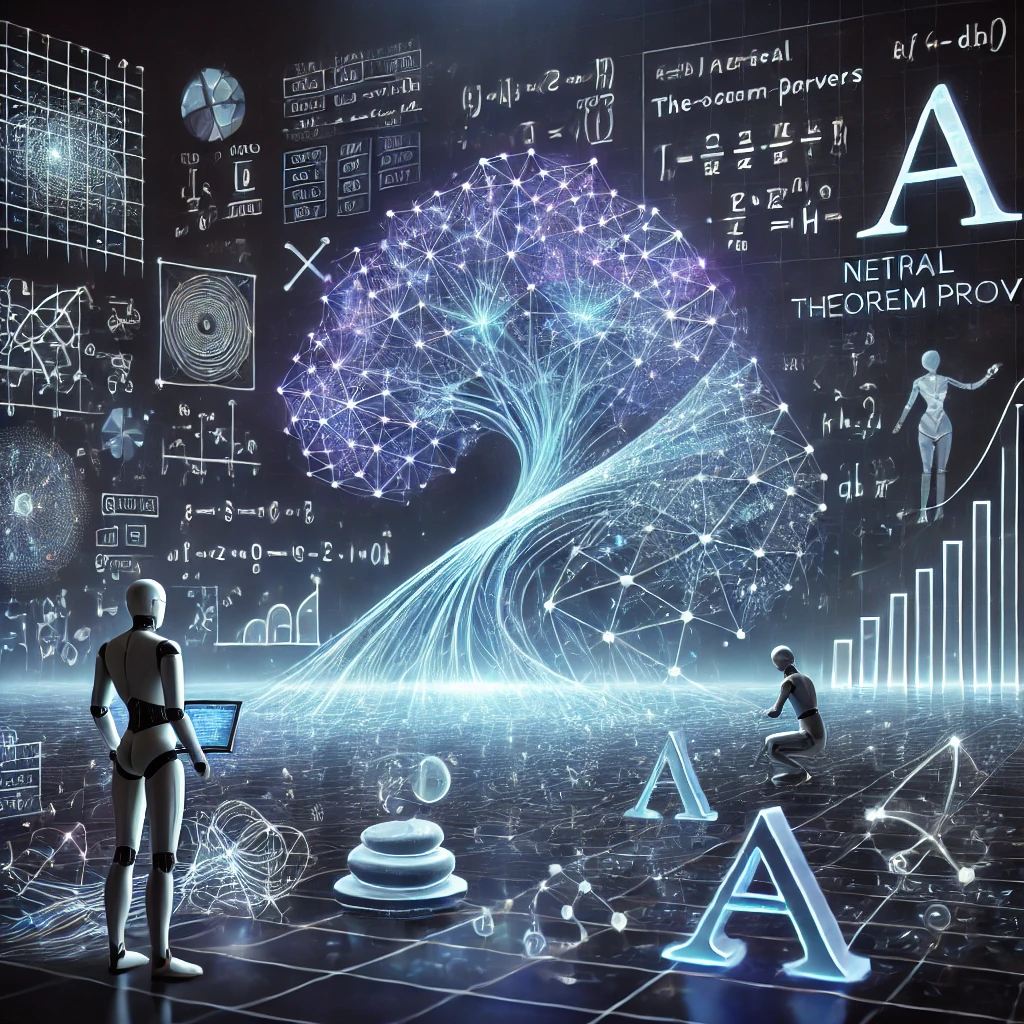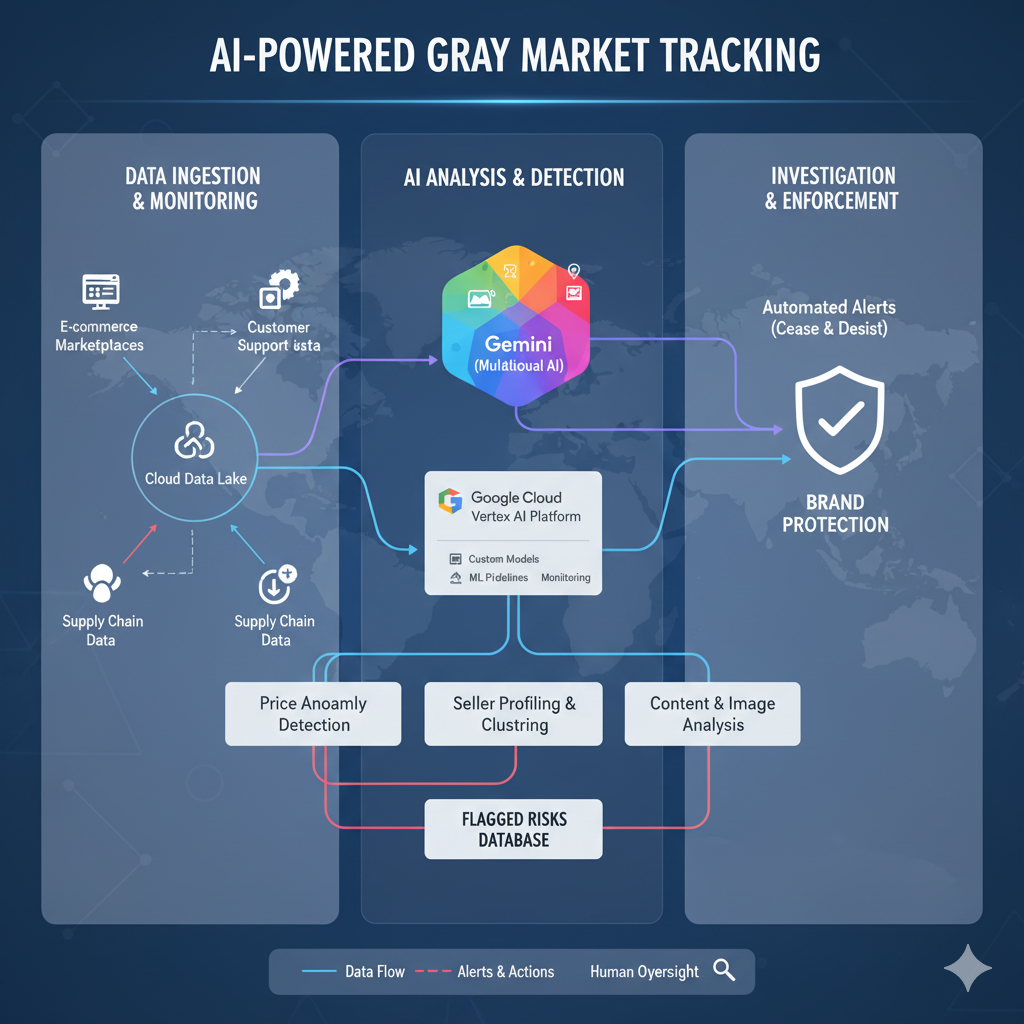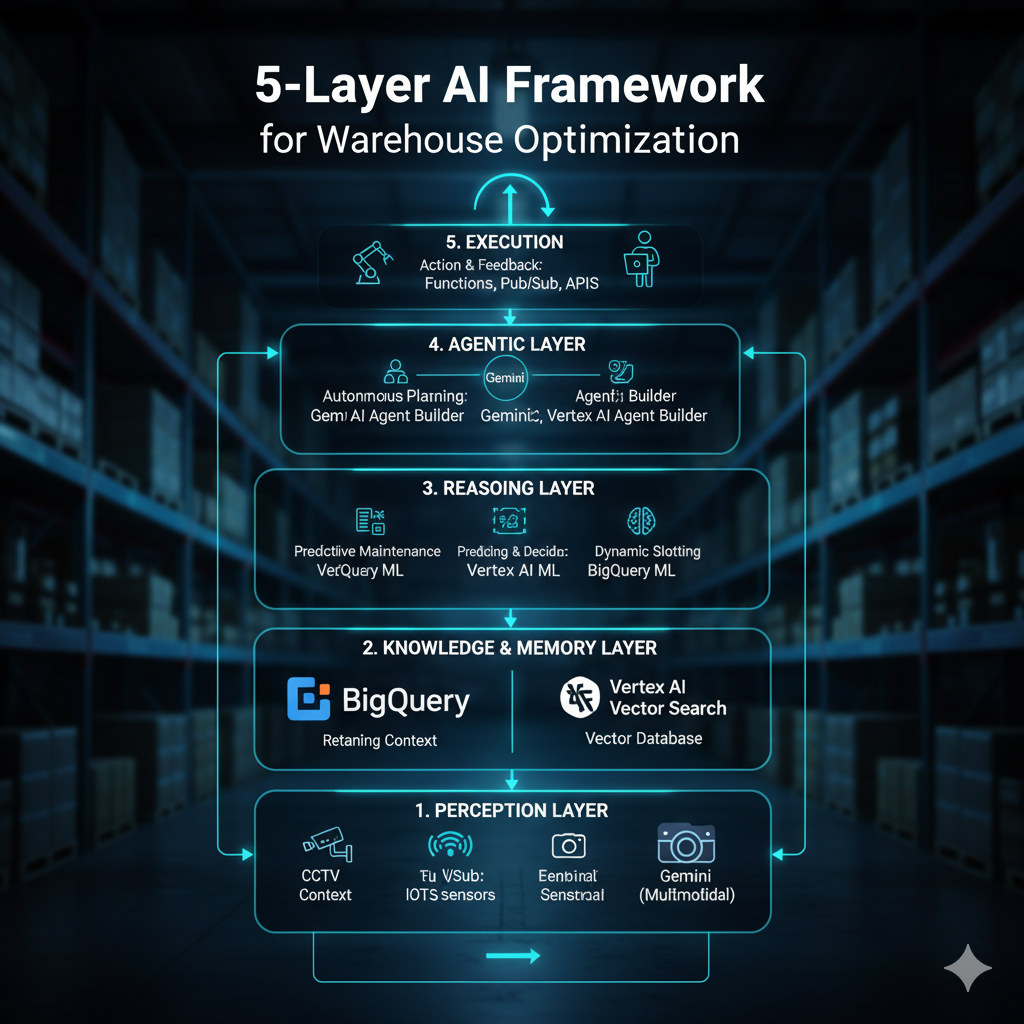A few years ago, I scribbled out a logic puzzle on the back of a napkin, only to be stumped by a missing piece. Today, there are neural networks that can piece together proofs—sometimes faster than any human, other times hilariously off-base. In this post, I'm diving deep into the wild and sometimes messy marriage between symbolic logic and deep learning, showing how modern frameworks like Neural Theorem Provers are tossing the old rulebooks in the recycling bin. (I’ll even admit where these systems trip up—sometimes in unexpected ways!)
From Whiteboards to Weights: The Oddball Journey of Proof Generation
When I look back at the evolution of proof generation, it’s hard not to marvel at how far we’ve come—from the chalk-dusted whiteboards of symbolic logic to the unpredictable, gradient-driven world of Neural Theorem Provers (NTPs). The journey has been anything but linear. In fact, it’s been downright oddball at times, with breakthroughs emerging from the collision of rigid rules and the creative chaos of deep learning.
From Rigid Logic to Gradient Descent: Bridging Two Worlds
Traditional Automated Theorem Proving (ATP) relied on strict, symbolic logic. Every proof step was deterministic, every rule explicit. But as research shows, this approach—while powerful—often struggled with the sheer complexity and ambiguity of real-world mathematics. Enter neural theorem provers, which blend the precision of symbolic systems with the flexibility of neural language models.
Frameworks like Neural Theorem Provers, Logic Tensor Networks, and DeepProbLog have become the bridge between logic and learning. These systems encode logical rules directly into differentiable programming, allowing neural networks to “learn” how to reason. The result? Machines that don’t just memorize proofs, but actually generate them—sometimes in ways that surprise even their creators.
Stepwise Theorem Proving: The LEGO Analogy
One of the most intriguing developments in this field is Stepwise Theorem Proving. Think of it like building with LEGOs: each proof step is a brick, and the challenge is to assemble them into a coherent structure. Sometimes the pieces fit perfectly. Other times, you find yourself staring at a pile of mismatched blocks, wondering where it all went wrong.
In practice, stepwise methods allow for incremental, creative proof construction. Instead of generating an entire proof in one go (the so-called “single-pass” approach), the system builds the proof step by step. This not only mirrors how human mathematicians work, but also opens the door to more flexible and robust proof strategies.
Architecture: How Neural Theorem Provers Work
At their core, neural theorem provers merge a neural language model—often a large transformer—with a symbolic proof assistant. The neural model proposes the next proof step, while the symbolic system checks its validity. This tight feedback loop enables the system to learn from both successes and failures, gradually refining its proof-generating abilities.
- Single-pass methods: Generate entire proofs in one forward pass. Fast, but brittle.
- Stepwise methods: Generate proofs incrementally, allowing for corrections and creative detours.
Recent advances, such as MPS-Prover, have taken this a step further by introducing sophisticated data curation techniques. According to 2025 benchmarks, MPS-Prover’s stepwise system prunes about 40% of redundant training data without any loss in performance—a remarkable feat that streamlines training and reduces computational overhead.
Multi-Perspective Tree Search: Chess, but with More Arguments
If stepwise proving is like building with LEGOs, then Multi-Perspective Tree Search (MPTS) is more like a heated chess match—except the players are neural networks, heuristic rules, and learned critic models, all vying for the next move. Sometimes, they agree. Sometimes, they don’t. And sometimes, they all turn out to be right, in their own way.
MPS-Prover’s architecture exemplifies this approach. By integrating multiple perspectives—statistical models, heuristics, and recursive search—the system explores a diverse array of proof paths. This not only increases the chances of finding a valid proof, but also generates shorter and more creative solutions. Studies indicate that MPS-Prover’s 7B model outperforms previous models on benchmarks like miniF2F and ProofNet, setting a new standard for automated theorem proving in 2025.
Training Strategies and Data Pruning
Training these systems is as much an art as it is a science. Recursive proof search techniques, combined with aggressive data pruning, make neural theorem provers both flexible and unpredictable. Calibration of generated tactics helps reduce bias, improving the overall quality and reliability of proofs.
'Combining logic with neural nets is like giving math a sense of humor—not always reliable, but rarely boring.' —Cynthia Smith
The integration of neural and symbolic methods is reshaping what’s possible in formal reasoning. As I see it, we’re only just beginning to understand the full potential—and the delightful unpredictability—of these new proof generation systems.
Training Smarter, Not Harder: Data Curation and Heuristic Rules
When I first started exploring the world of Automated Theorem Proving, I assumed that more data would always mean better results. After all, isn’t the mantra of deep learning “feed the beast”? But as research shows, especially with the rise of Neural Theorem Provers and hybrid frameworks like Logic Tensor Networks and DeepProbLog, the story is more nuanced. It turns out that what you keep—and what you throw away—can make all the difference in how efficiently a system learns to reason.
Why Tossing Out 40% of Data Feels So Wrong (But Works So Well)
Let’s start with a surprising fact: in the latest MPS-Prover (2025), removing about 40% of the training data had no negative impact on accuracy. If anything, it made training faster and the resulting model more focused. This isn’t just a fluke. Studies indicate that data curation—the careful pruning of redundant or unhelpful examples—can streamline learning, especially in domains where overfitting or noise can derail progress.
'In machine learning, sometimes less (data) really is more. You just have to know what to throw away.' —Ravi Patel
What’s reassuring here is that neural theorem provers aren’t just mindless data sponges. They benefit from a leaner, more curated diet. In my experience, this is particularly true when bridging symbolic logic and deep learning. The frameworks that combine both—like Neural Theorem Provers and Logic Tensor Networks—are sensitive to the quality, not just the quantity, of their training data.
Heuristic Rules: Guiding Proof Searches Without Getting Lost
Of course, data isn’t the only ingredient. Heuristic rules play a crucial role in steering proof searches away from dead ends. Think of them as the guardrails that keep a neural model from wandering off into the weeds. In systems like DeepProbLog and the latest MPS-Prover, these heuristics are often hand-crafted, encoding domain knowledge that helps the model prioritize promising proof paths.
But heuristics alone can be rigid. This is where the Learned Critic Model comes in—a sort of backseat driver that evaluates the model’s choices at each step. Sometimes, the critic’s taste is questionable, but its feedback is invaluable for avoiding tunnel vision. The interplay between heuristics and learned critics is what gives modern automated theorem provers their edge. They’re not just following rules; they’re learning when to break them.
Architecture: Where Symbolic Meets Neural
To visualize this, imagine a hybrid architecture diagram: a neural language model proposes proof steps, a symbolic logic engine checks their validity, and a learned critic model scores each move. Meanwhile, heuristic rules filter out obviously unproductive directions. This multi-perspective approach—especially in MPS-Prover—enables more diverse and efficient proof strategies.
- Neural Theorem Provers: Generate proof steps incrementally, guided by both learned and symbolic signals.
- Logic Tensor Networks: Encode logical rules as differentiable constraints, blending logic with gradient-based learning.
- DeepProbLog: Integrates probabilistic logic programming with neural modules for flexible reasoning.
Each of these architectures relies on data curation to avoid training on dead ends and on heuristic rules to keep the proof search tractable. The result? Proof efficiency that wasn’t possible with brute-force approaches.
Training Strategies: Smarter, Not Harder
Training smarter means more than just tossing out bad data. It’s about calibration—tuning tactic selection so the model doesn’t get stuck repeating the same proof strategies. In MPS-Prover, for example, calibration helps avoid bias and ensures the model explores a wider range of tactics. This is especially important as neural theorem provers tackle more complex, multi-step proofs.
Benchmark comparisons for 2025 show that systems using curated data and hybrid guidance (heuristics plus critics) outperform those relying on raw data or rigid rules alone. On datasets like miniF2F and ProofNet, the latest models generate shorter, more diverse proofs—proof that efficiency and creativity can go hand in hand.
In the end, the lesson is clear: Automated Theorem Proving is evolving. We’re moving from rigid, rule-based systems to smarter, more adaptive machines—ones that know when to follow the rules, and when to break them, all thanks to the right balance of data curation, heuristic rules, and learned critic models.
Benchmarks, Flaws, and Surprises: When AI Proofs Go Off the Rails
If you’ve spent any time following the evolution of neural theorem provers, you’ll know that the journey from rigid logic to flexible, learning-based systems has been anything but smooth. I’ve watched as researchers blend symbolic logic with deep learning, creating frameworks like Neural Theorem Provers, Logic Tensor Networks, and DeepProbLog. These architectures don’t just mimic human reasoning—they attempt to encode the very rules of logic into the heart of gradient-based learning. But as we push these systems through rigorous benchmark evaluations, the results are often as enlightening as they are unpredictable.
Let’s talk about benchmarks. In 2025, the gold standards—miniF2F and ProofNet—have become the proving grounds for the latest models. MPS-Prover, in particular, stands out. Its 7B parameter model has reported shorter, more diverse proofs than its predecessors, setting a new bar for proof efficiency and adaptability. Yet, even with these advances, the system occasionally stumbles. It’s a reminder that, for all our progress, formal reasoning remains a formidable challenge for machines. The best models can still get stumped by a cleverly constructed problem, and sometimes, their failures are as instructive as their successes.
What fascinates me most is the role of proof diversity. On one hand, it’s a sign of flexibility—a neural theorem prover that can find multiple valid pathways through a problem is, in theory, more robust. But there’s a flip side. Sometimes, the diversity leads to bizarre, roundabout answers that no human mathematician would ever consider. I’ve seen models produce proofs that are technically correct but so convoluted you can’t help but laugh—or cringe. As Emilia Clarke put it,
"Sometimes, the best proof isn’t the shortest—it’s the one that makes you laugh (or cringe)."
This unpredictability isn’t just a quirk; it’s a direct result of how these systems are trained. Modern neural theorem provers rely on a blend of neural and symbolic techniques. The neural side—often powered by large language models—guides the proof search, suggesting intermediate steps or tactics. The symbolic side, meanwhile, ensures that each step adheres to the strict rules of logic. The interplay between these two approaches can yield surprising results. Sometimes, the neural model’s creativity uncovers elegant shortcuts. Other times, it leads the system down a rabbit hole of unnecessary complexity.
I’ve looked closely at the architecture diagrams and training strategies behind these systems. Take MPS-Prover’s multi-perspective tree search, for example. It integrates learned critic models with heuristic rules, diversifying tactic selection and helping the system avoid unproductive search states. Data curation also plays a crucial role—by pruning about 40% of redundant training data, MPS-Prover improves both training efficiency and proof quality. These innovations are pushing the boundaries of what’s possible, but they also highlight the delicate balance between creativity and rigor in formal reasoning.
When I compare different algorithms on the 2025 benchmarks, it’s clear that no single approach dominates across the board. Recursive proof search techniques, calibration of generated tactics, and the integration of neural and symbolic methods each bring unique strengths and weaknesses. Studies indicate that even top-of-the-line neural theorem provers stumble on real-world benchmarks, revealing both how far we’ve come and how far we still have to go. The blend of approaches deepens reasoning, but it also opens the door to entertaining missteps—proofs that are as much a product of machine creativity as they are of logical necessity.
In the end, the evolution of neural theorem provers is a story of ambition, ingenuity, and occasional humility. We’re building smarter machines, yes, but we’re also learning to appreciate the quirks and flaws that come with true innovation. As we continue to refine these systems, benchmark evaluations will remain our compass, guiding us through the surprises and setbacks that define progress in this field. And if a proof or two makes us laugh along the way? Well, that’s just part of the journey.
TL;DR: Neural theorem provers are closing the gap between symbolic logic and machine learning, but as architectures and data strategies improve, new quirks (and failings) emerge. Expect creativity, efficiency—and the occasional facepalm moment.



